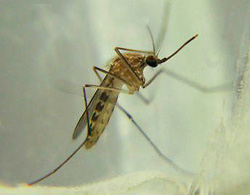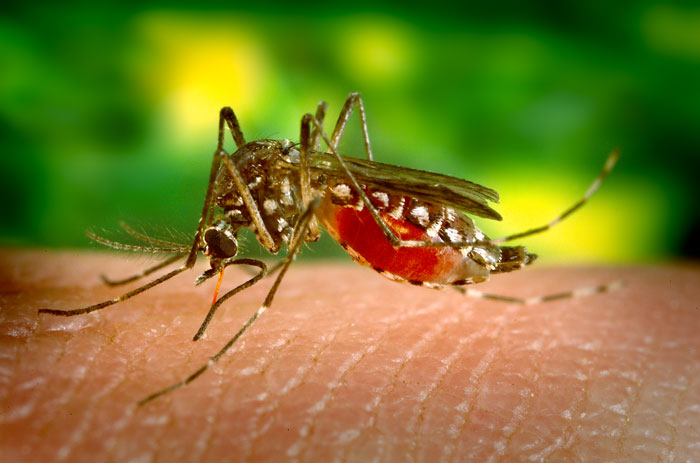Playlist
Show Playlist
Hide Playlist
Flaviviruses
00:01 Flaviviridae viruses. 00:04 The flaviviridae viruses are small and enveloped with an icosahedral capsule, and they use intracellular membranes as part of their structure. These are linear, single-stranded, positive-sense RNA viruses. A positive-sense RNA, meaning that it functions as a messenger RNA. You can see on the scanning electron micrograph in front of you presence of the flaviviruses, which look roundish without significant external projections. 00:34 There are several medically-relevant types of the flaviviridae or flaviviruses which we think about. One are the hepatitis C viruses, and the others are a larger group of arboviruses, which are all of them vector-associated. 00:50 Vector meaning transmission via, in most cases, a mosquito. 00:54 And the viruses in this group are the dengue virus, St. Louis encephalitis virus, yellow fever virus, West Nile virus, and the Zika virus.
About the Lecture
The lecture Flaviviruses by Sean Elliott, MD is from the course Viruses.
Included Quiz Questions
Which of the following adequately describes the genome of the yellow fever virus?
- Linear, single-stranded RNA
- Linear, double-stranded RNA
- Circular, double-stranded RNA
- Circular, double-stranded DNA
- Circular, single-stranded DNA
Customer reviews
5,0 of 5 stars
| 5 Stars |
|
5 |
| 4 Stars |
|
0 |
| 3 Stars |
|
0 |
| 2 Stars |
|
0 |
| 1 Star |
|
0 |







